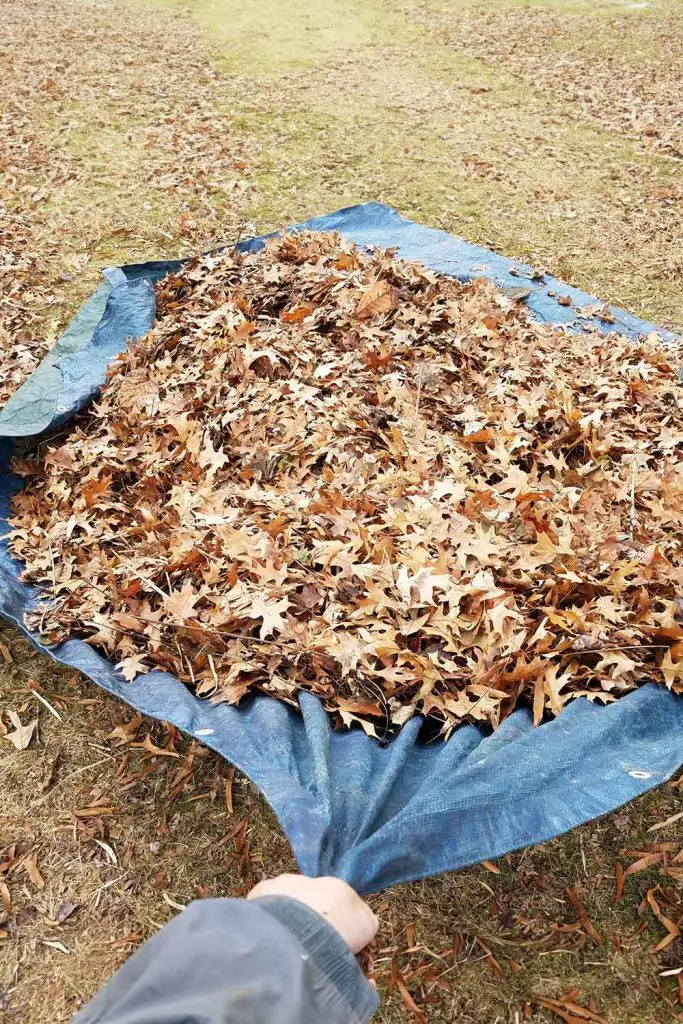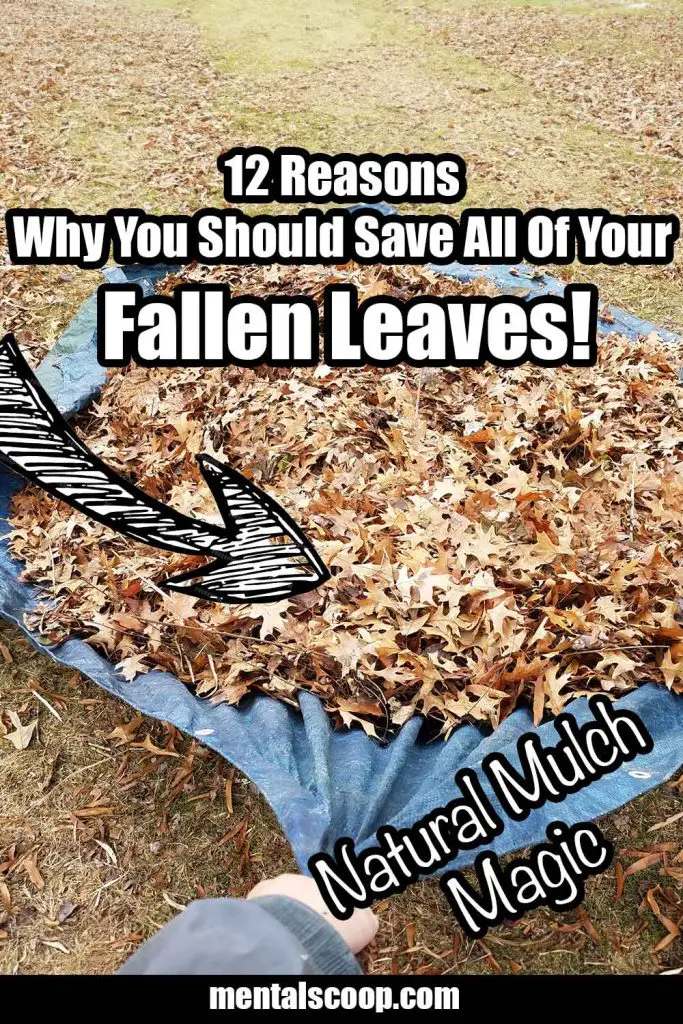12 Reasons Why You Should Save All Of Your Fallen Leaves!

As the vibrant hues of autumn paint the landscape with a breathtaking display, many homeowners are quick to reach for rakes and leaf blowers, eager to clear their lawns of the fallen foliage.
However, what if we told you that those seemingly bothersome leaves are not just nature’s confetti but hold a treasure trove of benefits for your garden and the environment?
In this article, we’ll delve into the 12 compelling reasons why you should think twice before discarding those fallen leaves and consider saving them instead.
Natural Mulch Magic
Leaves are a natural and cost-effective mulch for your garden. By spreading a layer of leaves around your plants, you can suppress weeds, retain soil moisture, and regulate soil temperature.
The decomposing leaves also release essential nutrients, providing a nutrient-rich foundation for your plants to thrive.
Soil Enrichment
As leaves break down, they contribute valuable organic matter to the soil. This organic matter enhances soil structure, promotes aeration, and encourages the growth of beneficial microorganisms. The result? Healthier, more fertile soil that’s better equipped to support plant life.
Habitat Haven for Wildlife
Piles of leaves create cozy shelters for insects, amphibians, and other small critters. By preserving this natural habitat, you’re fostering biodiversity in your garden. Many insects play crucial roles as pollinators or natural predators, contributing to a balanced ecosystem.
Home for Helpful Microbes
Leaves are not just a haven for visible wildlife; they also house countless microorganisms. These microscopic organisms aid in the decomposition process, breaking down the leaves and enriching the soil with beneficial bacteria and fungi that play a vital role in nutrient cycling.
Erosion Control:
Leaves act as a protective blanket for your soil, preventing erosion caused by wind and water. By keeping the soil covered, you’re safeguarding its structure and minimizing the loss of precious topsoil.
Save Water, Save Time
A layer of leaves on your garden acts as a natural barrier, reducing water evaporation from the soil. This means you’ll need to water your garden less frequently, saving both water resources and your precious time.
Carbon Footprint Reduction
When leaves are burned or sent to landfills, they release carbon dioxide into the atmosphere. By saving and using them in your garden, you’re helping to mitigate your carbon footprint, as the leaves decompose and return their carbon content to the soil instead of being released as greenhouse gases.
Cost-Effective Fertilizer Alternative
Why spend money on commercial fertilizers when you have a free and eco-friendly alternative right in your backyard? Fallen leaves, as they decompose, release nutrients like nitrogen, potassium, and phosphorus, acting as a natural fertilizer for your plants.
Beautiful Composting Material
Include fallen leaves in your compost pile to balance the carbon-to-nitrogen ratio. Their high carbon content complements the nitrogen-rich kitchen scraps, creating a nutrient-dense compost that will supercharge your garden.
Inspire Creativity
Rather than viewing fallen leaves as a chore, consider them as a medium for artistic expression. Engage in crafts, create leaf molds, or use them as natural decorations. The possibilities are endless, and you’ll find joy in discovering the artistic potential within these seemingly mundane elements of nature.
Educational Opportunities
For families, preserving fallen leaves provides a unique opportunity for education. Explore the life cycle of leaves, discuss decomposition processes, or embark on a nature scavenger hunt. Learning about the environment becomes a hands-on experience that can inspire a lifelong appreciation for nature.
Connect with the Seasons
Lastly, saving fallen leaves allows you to embrace the cyclical beauty of the seasons. Witnessing the transition of leaves from vibrant greens to a rich tapestry of reds, yellows, and browns is a reminder of the interconnectedness of life and an opportunity to connect with the rhythm of nature.
So, before you rush to clear your yard of autumn’s bounty, take a moment to appreciate the myriad benefits that fallen leaves bring to your garden and the environment.
By saving and utilizing these natural wonders, you not only nurture the health of your plants but also contribute to the overall well-being of the planet. Embrace the fall, and let the leaves tell their story in the beautiful tapestry of nature.

More interesting articles you may be interested in reading:

How Much Propane Is Left In A Tank With No Gauge
How To Remove A Tree Stump Painlessly
10 Vital Home Maintenance Tasks You’ll Regret If You Forget
Thanks for reading and be sure to share this info with your friends using the social share buttons below.
Talking about social stuff, consider liking our Facebook page to keep up to date with our articles. Check out our other articles for more mental scoops!
